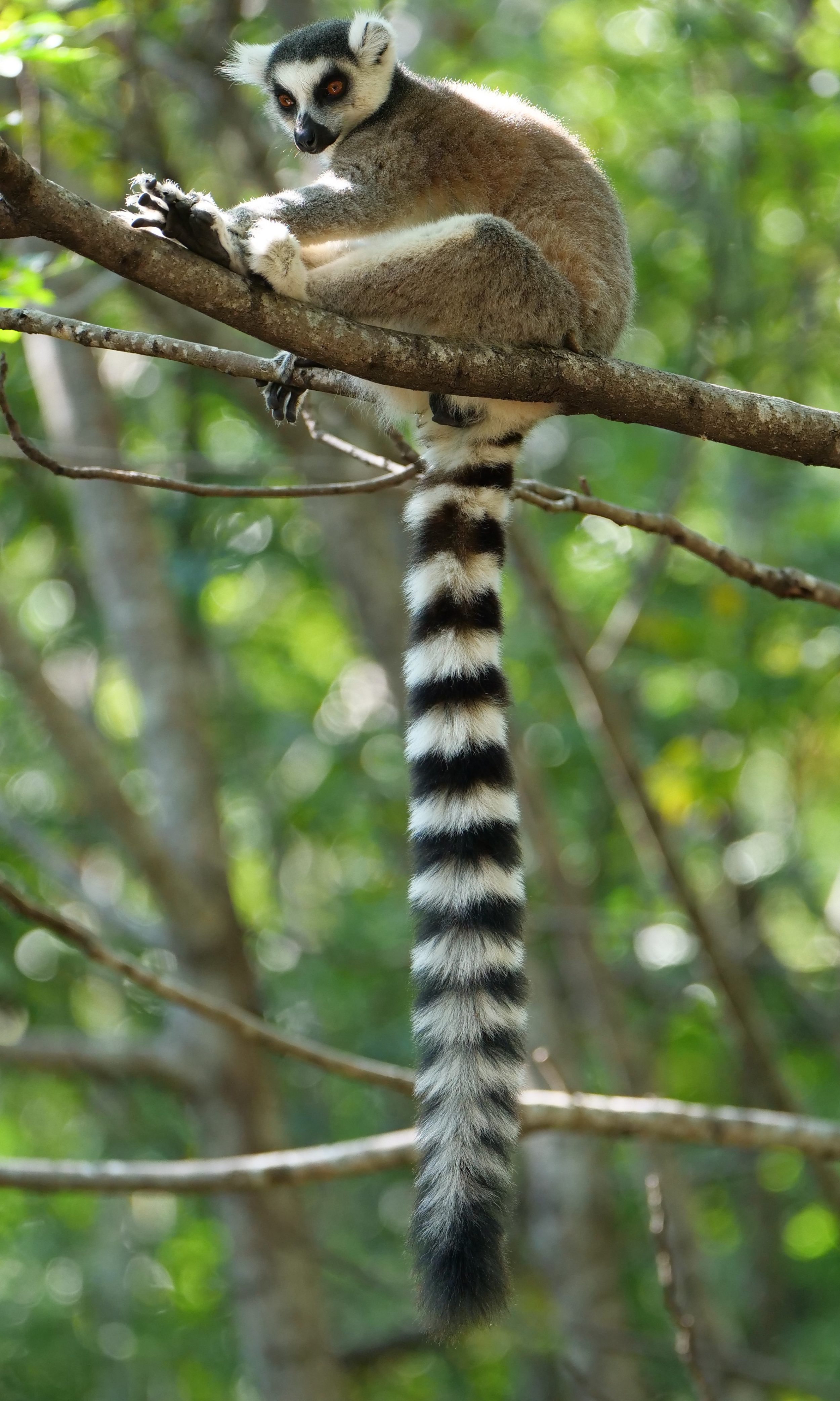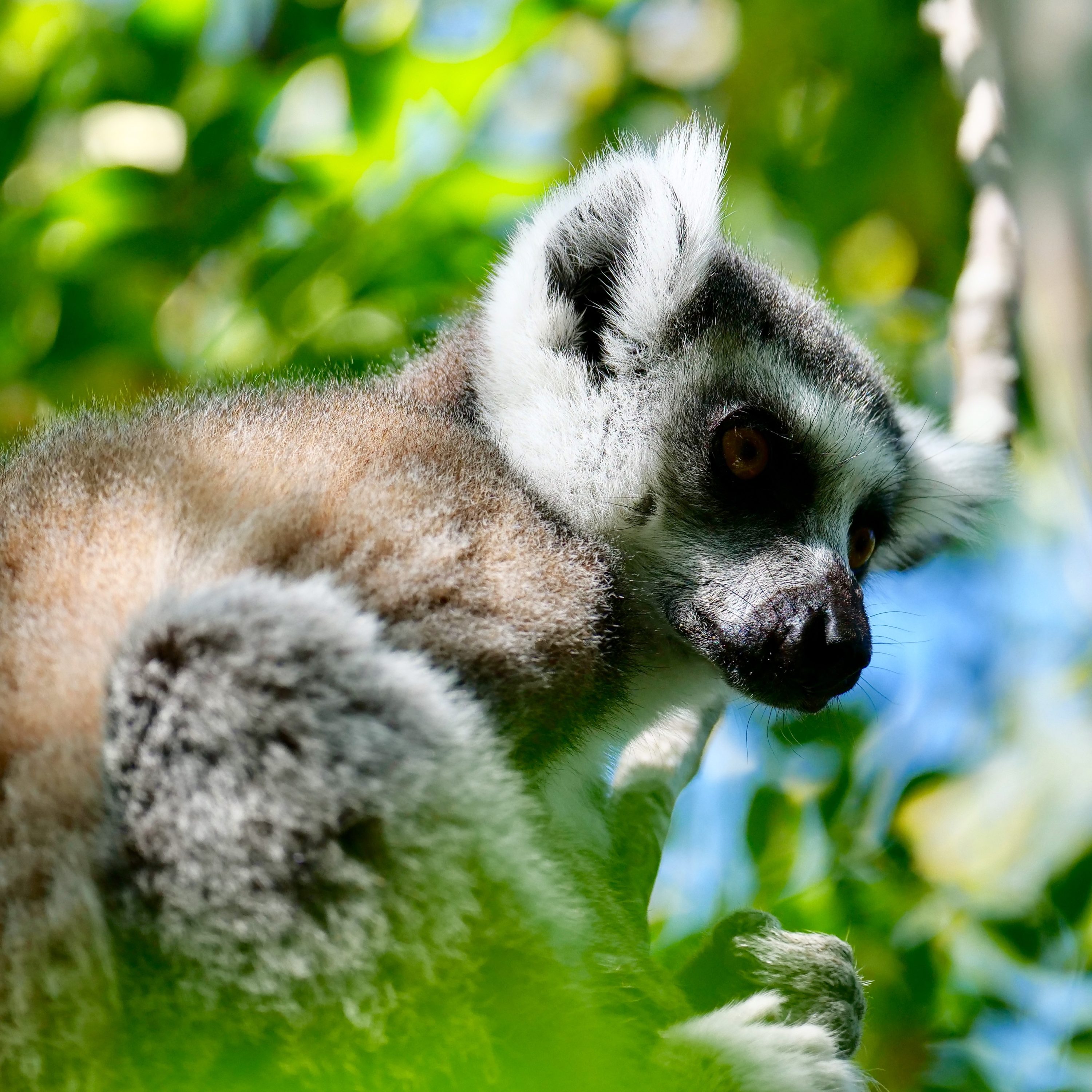Looks rather like a Paris-styled raccoon.
(Primatologist Alison Jolly’s 1967 description of Madagascar’s emblematic mammal)
Lemur catta – the ring-tailed lemur – is the most “adaptable” of circa 107 lemur species.
However, like other lemurs, its post-1967 story is one of potentially catastrophic decline, mostly via destruction of suitable habitat.
Many lemurs are extremely “specialist” – eating a very particular diet, and occupying a very particular niche.
Most lemurs spend almost all of their lives in trees, occasionally “flying”, with remarkable agility, from one tree to another.
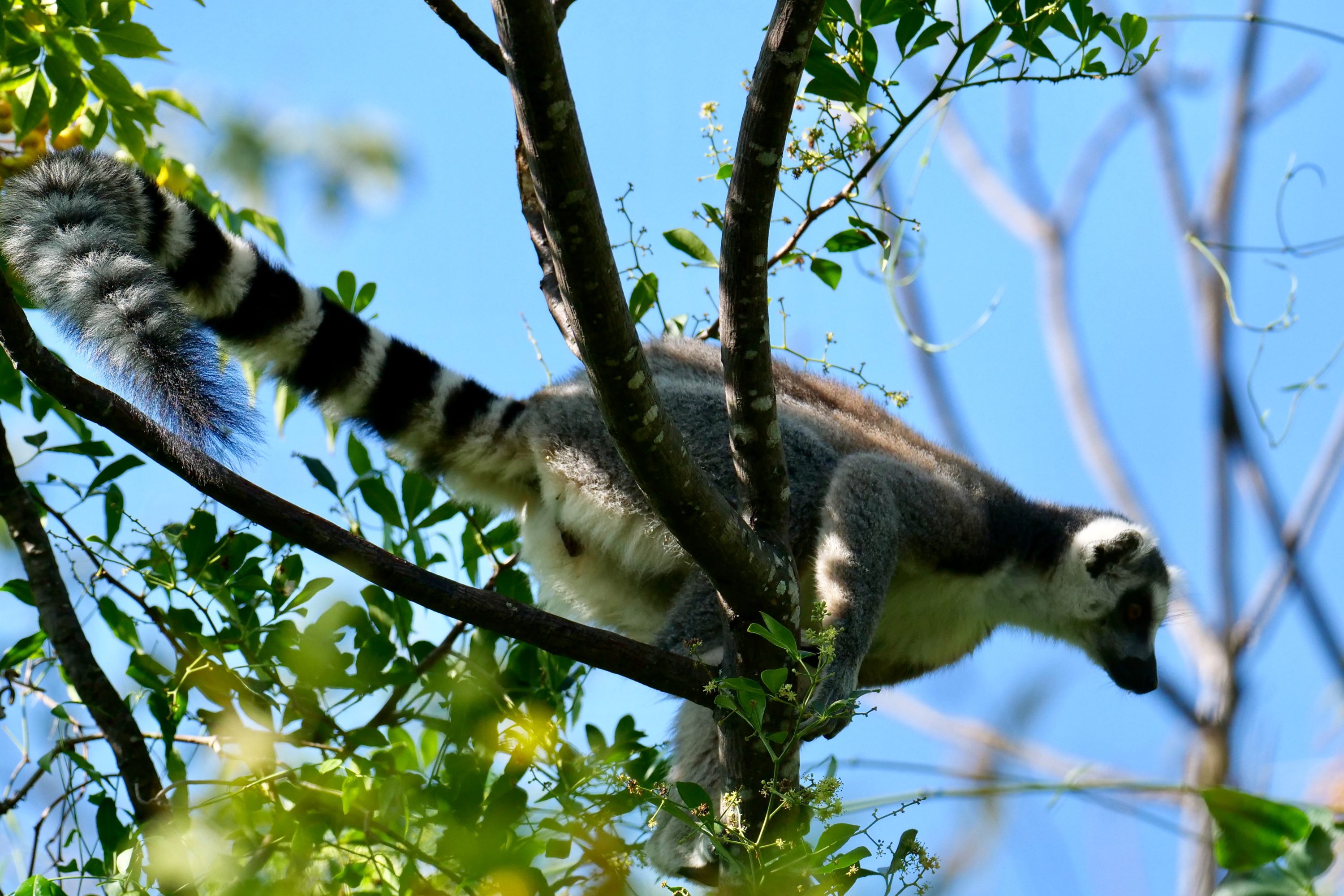
Ring-tailed lemurs, however, have an uncommonly varied diet, and range, and they have successfully incorporated introduced species into their diet – most especially Lilac trees.
(As reported in a previous post, a fellow endangered species – a southwest Australian bird – has also, albeit more recently, “discovered” Lilac trees)
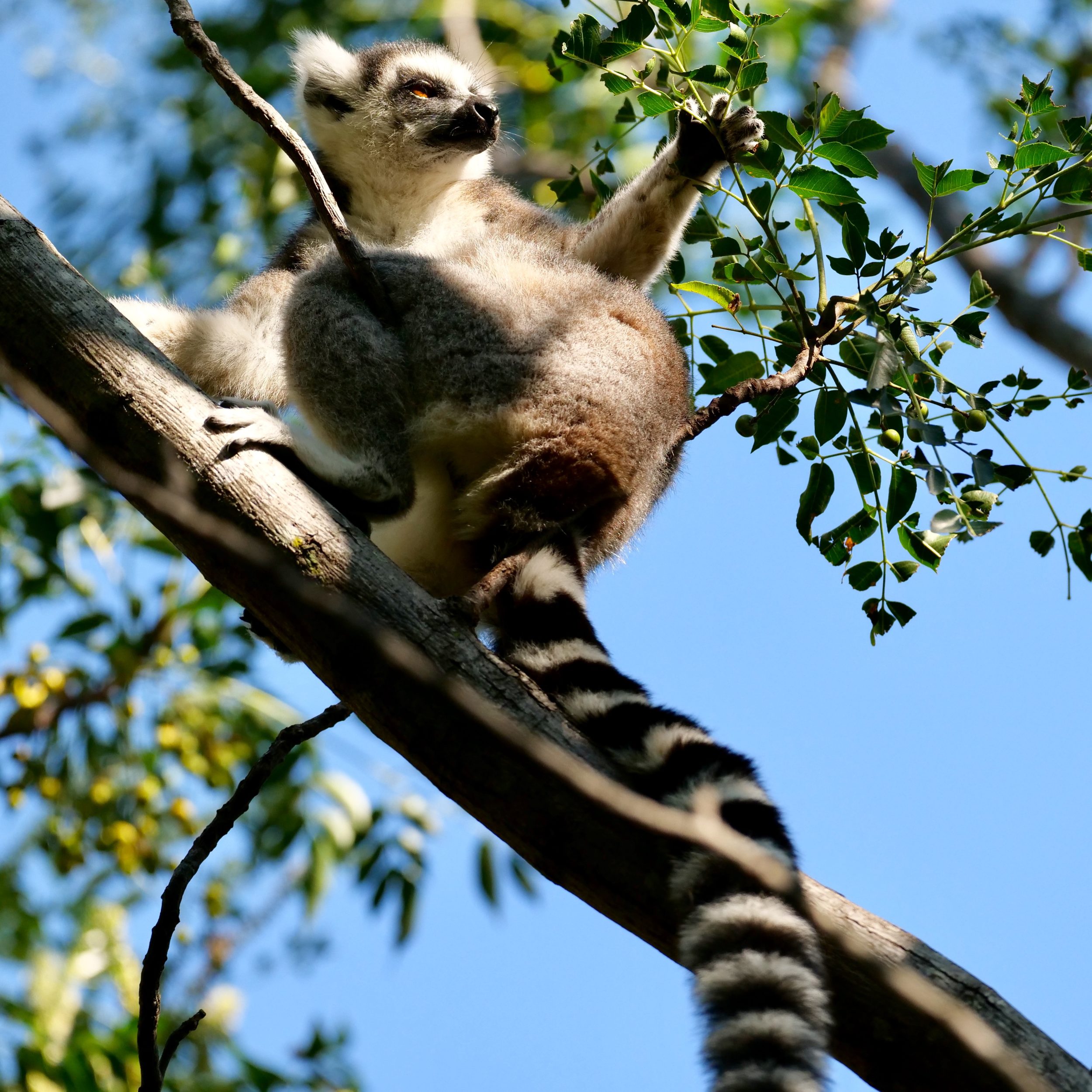
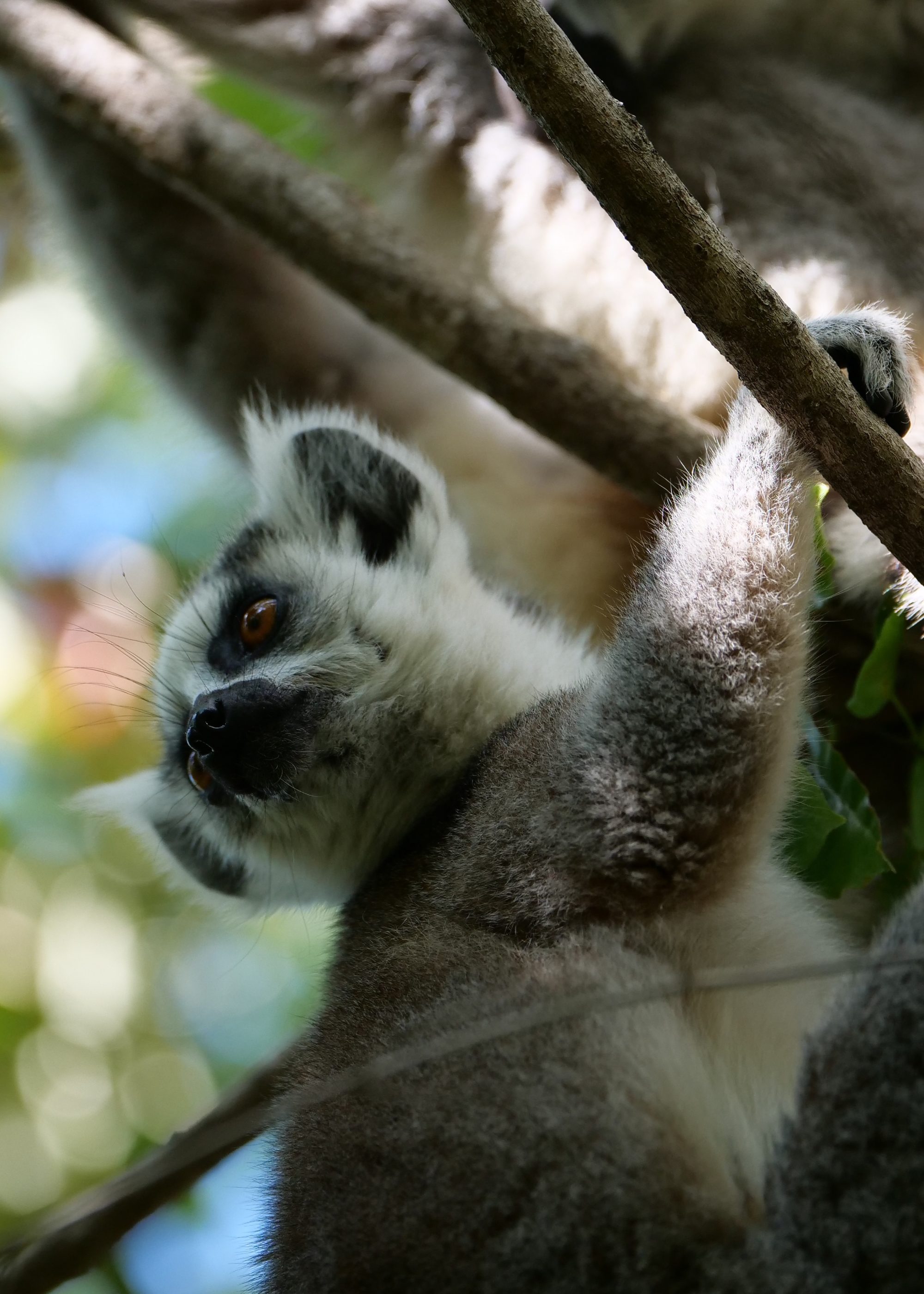
All but one of the photos in this post were taken in the Anja Community Reserve, near Ambalavao, in the southernmost part of Madagascar’s central highlands.
The Reserve’s surrounds are spectacular (as will be evident next week, in a “footnote” to this post) and the Reserve is a nice example of a project that mutually benefits local people and an endangered species.
It is also an example of this species’ sad present circumstance; although relatively “widespread” within southern Madagascar – and very popular in zoos, worldwide – wild ring-tailed lemur populations only exist, isolated from each other, in tiny “pockets” of remnant, suitable forest.
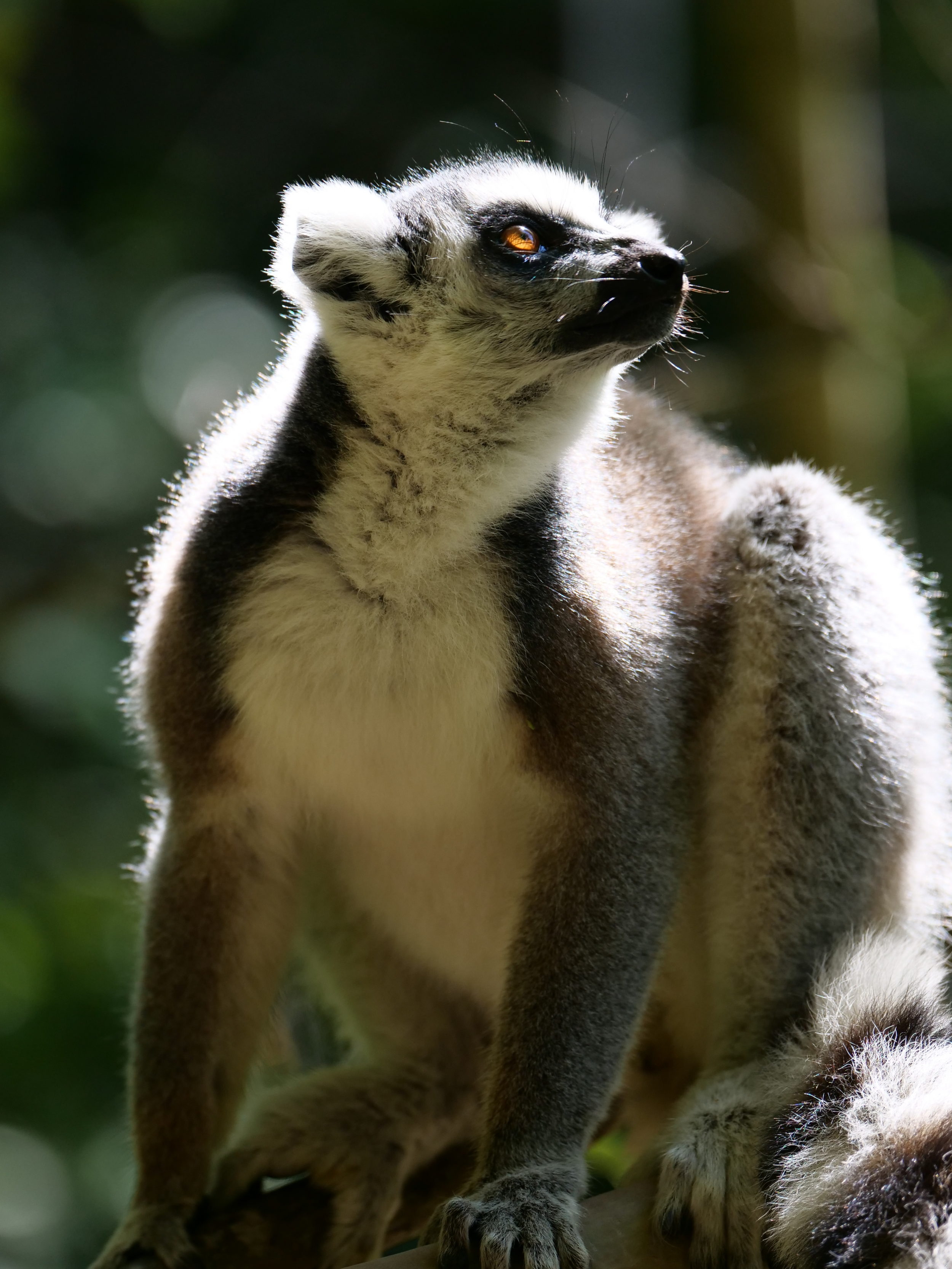
I am told that this is the only lemur species that frequently drinks water directly, from watercourses and pools.
All others, I am told, get most of their water from fruits they consume, and supplement this only only with water which is available up in the trees.
Ring-tailed lemurs are the only ones who appear equally “at home” on the ground, where they spend a deal of their highly-sociable time; theirs are the largest groups/troupes of any Madagascan primate.
The dominant individuals are female, and although “stink fights” are a notable aspect of ring-tailed behaviour, the relevant “stink” is mild-to-invisible to humans.
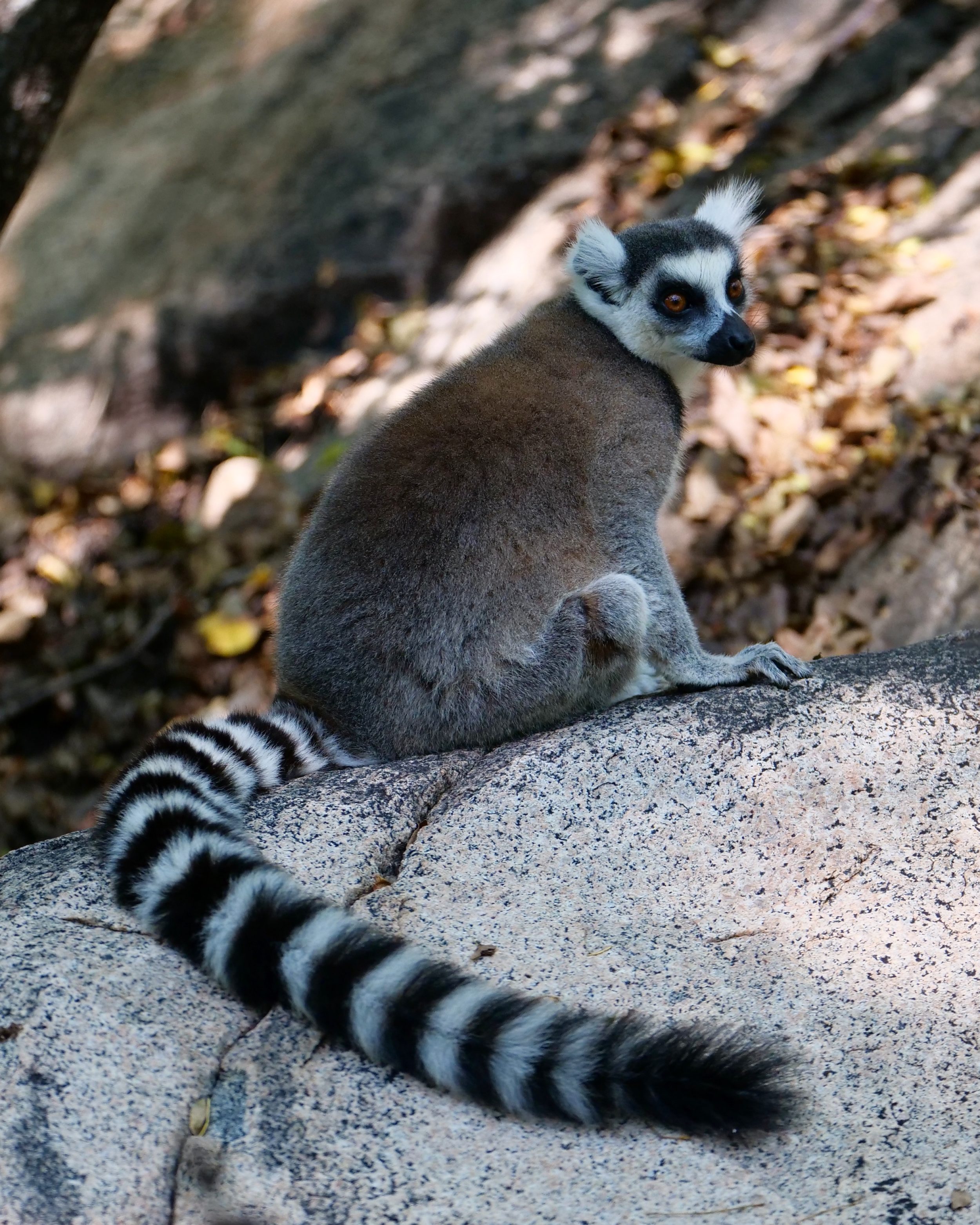
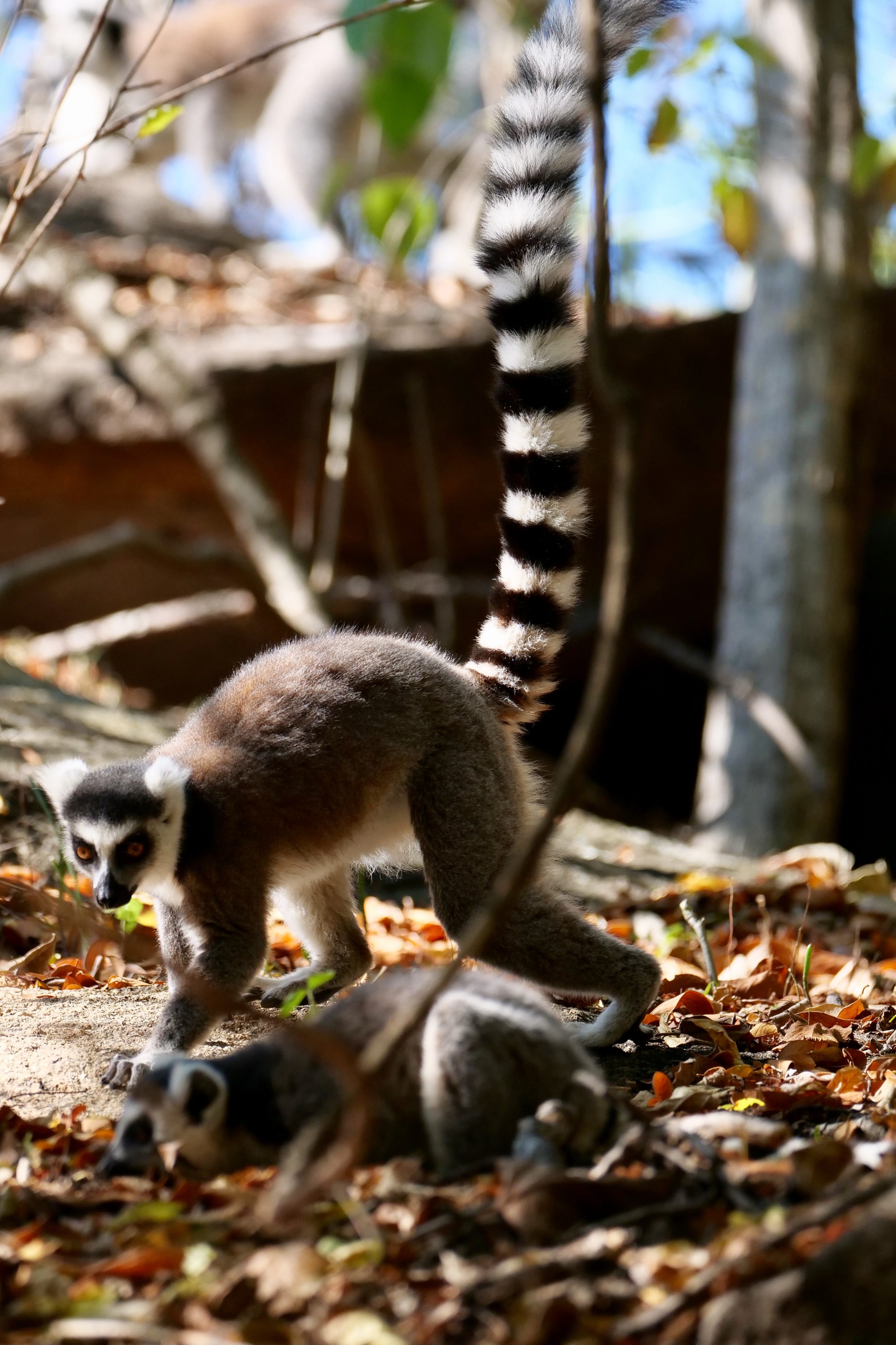
Typically more than half a metre long, the actual ringed tail is the greater portion of an individual’s entire length.
